| Substitute | Flavor Profile | Best For | How to Use |
|---|---|---|---|
| Nutmeg | Sweet, nutty, warm | Desserts, custards, creamy sauces | Use in a 1:1 ratio |
| Cinnamon | Woody, sweet, aromatic | Baked goods, stews, mulled drinks | Use half the amount of mace |
| Allspice | Pungent, clove-like, earthy | Meat rubs, Caribbean dishes | Use sparingly; reduce by 1/3 |
| Cloves | Strong, sweet, medicinal | Holiday baking, chai, slow-cooked meats | Use very sparingly (1/4 the amount) |
| Ginger | Peppery, spicy, zesty | Asian cuisine, cookies, gingerbread | Use 1:1, but expect a sharper taste |
| Nutmeg + Cinnamon Blend | Warm, balanced, mildly sweet | Fall desserts, pumpkin pies, oatmeal | Mix equal parts and use as needed |
| Cardamom | Floral, citrusy, exotic | Indian sweets, chai, rice pudding | Use 1:1 for subtle influence |
| Paprika | Earthy, smoky (depending on type) | Stews, goulash, Spanish paella | Use only in savory dishes |
| Turmeric | Earthy, woody, mild bitterness | Curries, soups, golden milk | Add color and warmth; use sparingly |
| Five Spice Powder | Complex, sweet, spicy, licorice notes | Asian marinades, stir-fries, roasted meats | Use lightly; adjust to taste |
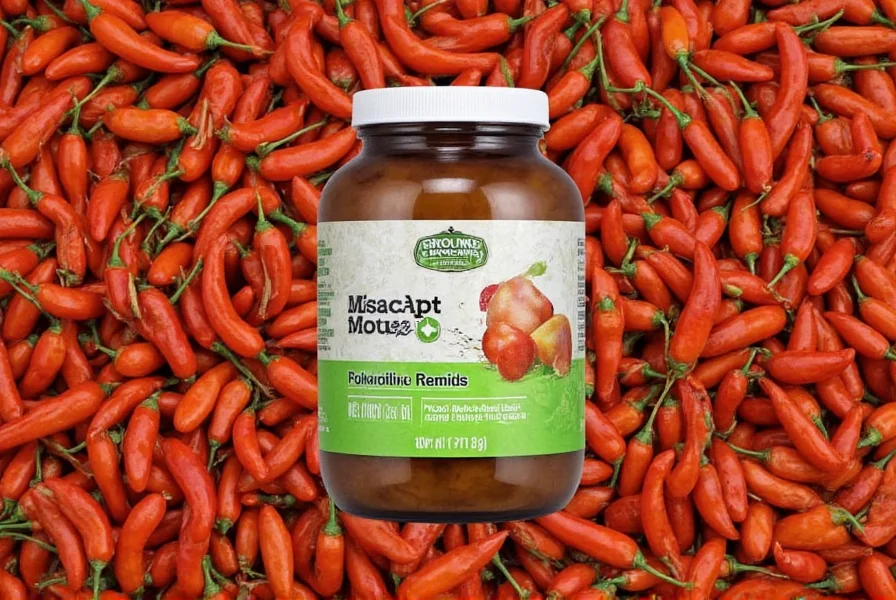
1. Nutmeg – The Obvious Choice
Nutmeg is technically the seed inside the same fruit that produces mace. So it's no surprise they share similar characteristics. While nutmeg tends to be sweeter and less complex than mace, it's an easy one-to-one swap in most recipes, especially desserts and creamy sauces.
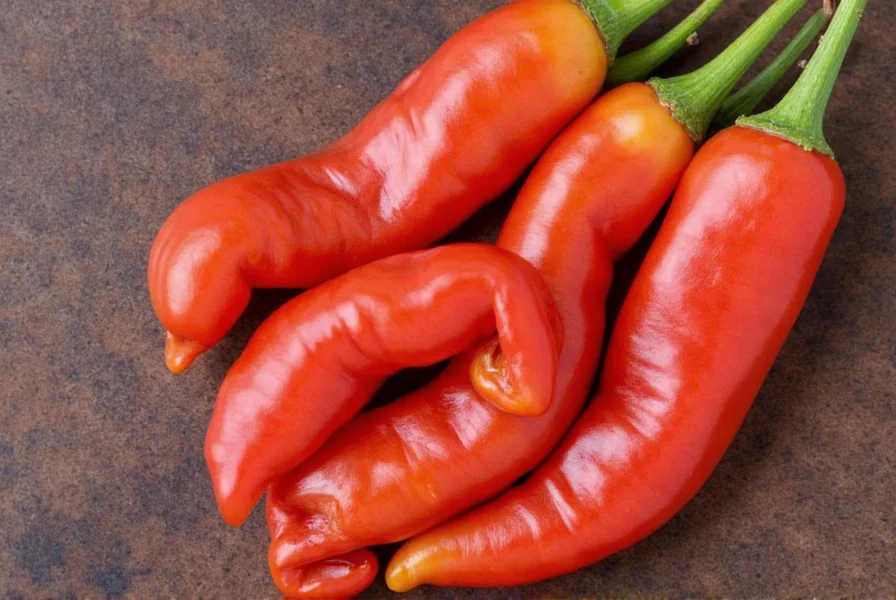
2. Allspice – The Bold Stand-In
If you're making something with a punchy personality—like jerk-seasoned meat or a spiced cake—allspice can mimic mace's depth without the same floral notes. Just remember, allspice hits harder than mace, so start with a little and taste as you go.
3. Cloves – For Intense Moments
Cloves are not for the faint of heart. Their intense, almost medicinal quality can overpower a dish quickly. Still, in holiday baking or rich braises, a few pinches can stand in beautifully for mace.
4. Cardamom – The Floral Surprise
If your dish leans toward Middle Eastern or Indian flavors, cardamom offers a fresh, almost perfumed aroma that works surprisingly well in place of mace. It's especially effective in desserts like rice pudding or chai-spiced cakes.
5. Five Spice Powder – Asian-Inspired Flair
This Chinese spice blend includes star anise, cloves, cinnamon, Sichuan pepper, and fennel seeds. It brings boldness and complexity to the table and works particularly well when you're looking for a flavor boost beyond just replacing mace.
Buying Guide: How to Choose the Right Substitute
Know Your Recipe's Flavor Profile
Before choosing a substitute, ask yourself: Is this dish sweet or savory? Mild or bold? Knowing where your recipe lands helps you pick a substitute that complements rather than competes.
Consider Availability and Budget
If you already have certain spices in your pantry, using what you've got is the most economical and sustainable option. If you're buying specifically for a recipe, prioritize cost-effective choices like nutmeg or cinnamon over pricier options like cardamom or five spice powder.
Check for Freshness
Spices degrade over time. Old cinnamon won't deliver the same oomph as a fresh jar. When substituting, make sure your chosen spice is still potent enough to do the job. Whole spices generally last longer than ground ones.
Featured Products for Serious Spice Lovers
McCormick Culinary Ground Nutmeg
- Features: Pure, high-quality ground nutmeg with consistent texture.
- Advantages: Affordable, widely available, perfect for everyday use.
- Best For: Baking, sauces, and general cooking.
- Occasion: Home bakers, meal preppers, busy cooks.

Simply Organic Ground Allspice
- Features: Certified organic, sustainably sourced.
- Advantages: Rich flavor, ideal for health-conscious kitchens.
- Best For: Spiced meats, holiday dishes, Caribbean cuisine.
- Occasion: Ethnic cooking enthusiasts, clean eaters, gourmet chefs.
Badia Cinnamon Ground
- Features: Versatile, sweet, aromatic.
- Advantages: Great value for money and kitchen versatility.
- Best For: Oatmeal, smoothies, desserts, beverages.
- Occasion: Daily use, breakfast lovers, tea fans.
Frontier Co-op Cardamom Pods
- Features: Whole pods for maximum freshness and potency.
- Advantages: Superior flavor when freshly ground.
- Best For: Chai, curries, Indian sweets, coffee.
- Occasion: Spice connoisseurs, adventurous home cooks.
Penzeys Five Spice
- Features: Balanced, traditional blend with nuanced flavor.
- Advantages: Consistently rated among the best spice brands.
- Best For: Stir-fries, dumplings, grilled meats, Asian desserts.
- Occasion: Global cuisine lovers, food bloggers, professional chefs.
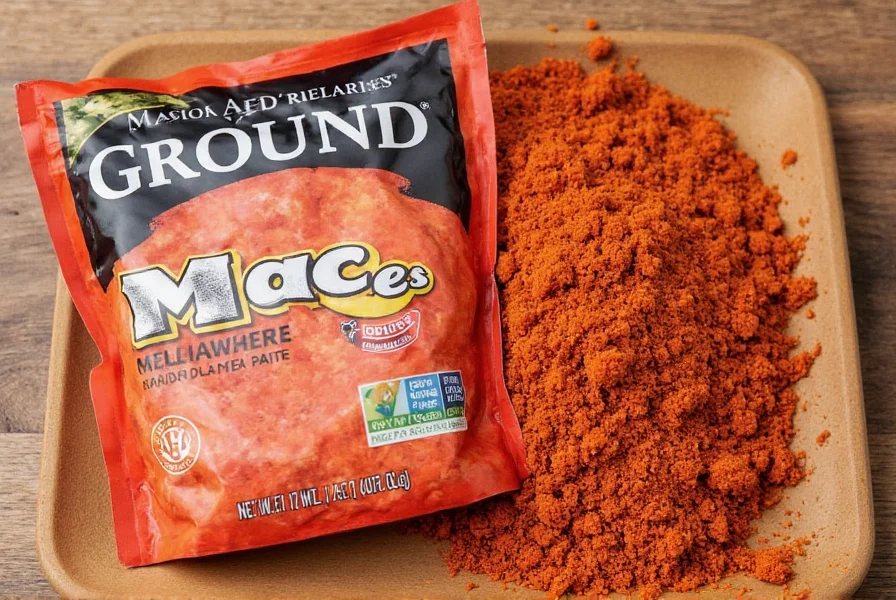
Pro Tips for Using Mace Substitutes Like a Pro
- Start Small: Many substitutes are stronger than mace, so begin with less and build up slowly.
- Balance Flavors: Pair bold substitutes like cloves or allspice with sweeter ingredients to avoid overwhelming the palate.
- Experiment Freely: Taste as you cook. Adjust ratios based on personal preference.
- Store Smartly: Keep spices away from heat and moisture to preserve potency.
- Label Clearly: Especially when blending spices, label jars to avoid confusion later.

Frequently Asked Questions About Ground Mace Substitutes
What is the closest substitute for ground mace?
Nutmeg is the closest substitute for ground mace since they come from the same plant. Mace is the lacy covering (aril) around the nutmeg seed, so they share similar flavor compounds. Nutmeg has a slightly sweeter, less complex flavor than mace but can be used in a 1:1 ratio as a direct substitute in most recipes.
Can I use nutmeg instead of ground mace?
Yes, nutmeg is the most common and effective substitute for ground mace. Since they come from the same fruit (nutmeg is the seed, mace is the outer covering), they have similar flavor profiles. Use the same amount of nutmeg as you would mace, though nutmeg tends to be slightly sweeter and less floral than mace.
How much cinnamon should I use as a mace substitute?
When substituting cinnamon for mace, use about half the amount of cinnamon that the recipe calls for mace. Cinnamon has a stronger, sweeter flavor than mace, so using too much can overpower your dish. This ratio works best in baked goods, custards, and sweet dishes where mace is typically used.
What's the difference between nutmeg and mace?
Nutmeg and mace come from the same fruit of the Myristica fragrans tree. Nutmeg is the seed inside, while mace is the lacy red covering (aril) around the seed. Flavor-wise, mace has a more delicate, slightly sharper, and more complex flavor with floral notes, while nutmeg is sweeter and more robust. Mace is typically more expensive than nutmeg.
Can I use allspice instead of mace in savory dishes?
Yes, allspice works well as a mace substitute in savory dishes, particularly in meat rubs, stews, and Caribbean cuisine. Allspice has a complex flavor that combines notes of cinnamon, cloves, and nutmeg. Since allspice is more potent than mace, use about 2/3 the amount of allspice compared to what the recipe calls for mace.
What's the best mace substitute for baking?
For baking, the best mace substitutes are nutmeg (in a 1:1 ratio), or a blend of nutmeg and cinnamon (equal parts). These provide the warm, sweet notes that mace would normally contribute to cakes, cookies, and pies. Cardamom also works well in certain baked goods like spice cakes or Scandinavian pastries.
Can I make my own mace substitute blend?
Absolutely! A simple mace substitute blend can be made by combining equal parts nutmeg, cinnamon, and a pinch of cloves. This mimics mace's complex flavor profile. For a more authentic recreation, try 2 parts nutmeg, 1 part cinnamon, and 1/4 part ground cloves. Adjust to taste based on your recipe's requirements.
Conclusion
Ground mace may be a rare gem in many kitchens, but that doesn't mean your recipes have to suffer. With thoughtful substitutions, you can replicate its warmth, sweetness, and complexity using spices you might already have. Whether you opt for classic nutmeg, bold allspice, or fragrant cardamom, each alternative brings its own character to the table. Don't be afraid to mix and match, experiment with blends, and let your taste buds guide you. After all, cooking is as much about creativity as it is about following a recipe.
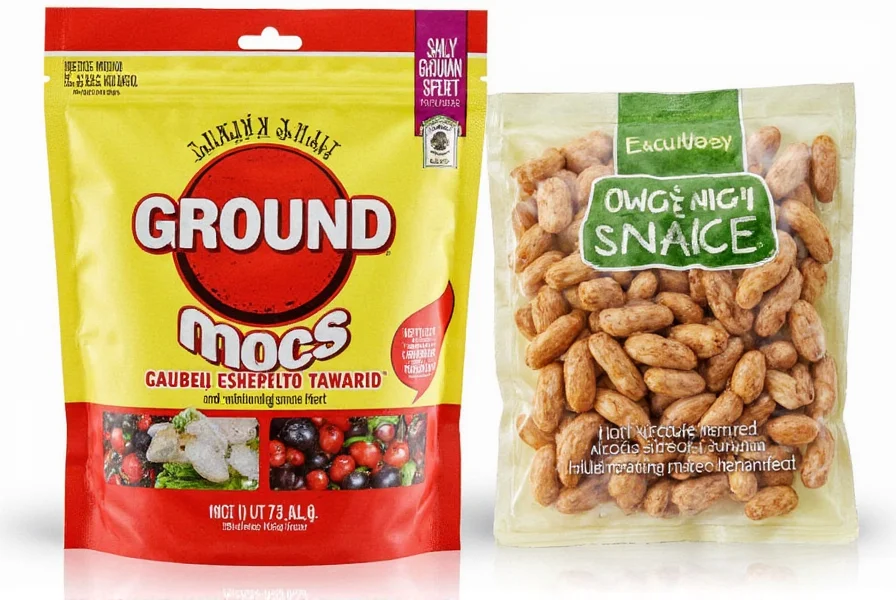
Now that you've got the ultimate guide to ground mace substitutes, go ahead and spice up your next dish with confidence!

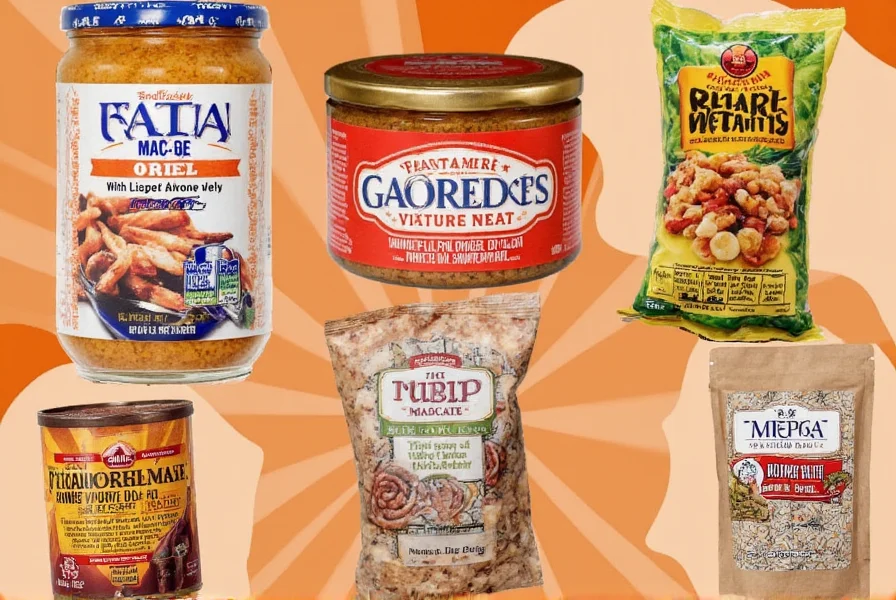









 浙公网安备
33010002000092号
浙公网安备
33010002000092号 浙B2-20120091-4
浙B2-20120091-4